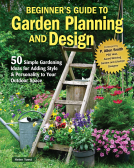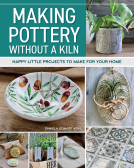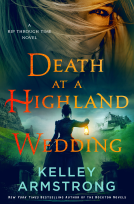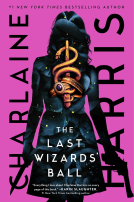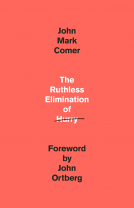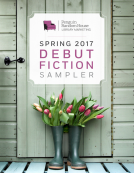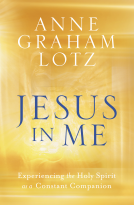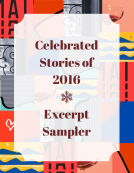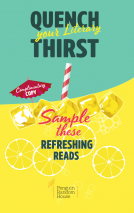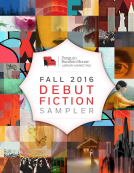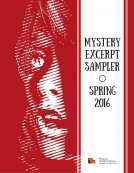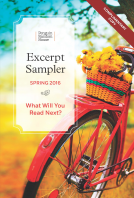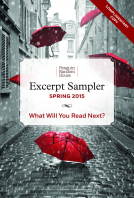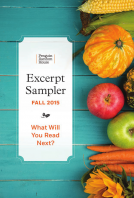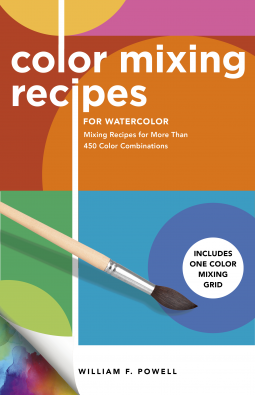
Color Mixing Recipes for Watercolor
Mixing Recipes for More Than 450 Color Combinations - Includes One Color Mixing Grid
by William F. Powell
This title was previously available on NetGalley and is now archived.
Send NetGalley books directly to your Kindle or Kindle app
1
To read on a Kindle or Kindle app, please add kindle@netgalley.com as an approved email address to receive files in your Amazon account. Click here for step-by-step instructions.
2
Also find your Kindle email address within your Amazon account, and enter it here.
Pub Date Jun 22 2021 | Archive Date Mar 16 2021
Quarto Publishing Group – Walter Foster | Walter Foster Publishing
Talking about this book? Use #ColorMixingRecipesforWatercolor #NetGalley. More hashtag tips!
Description
Follow these four simple steps to mix more than 450 color combinations:
- Look in the Color Guidance Index for the subject you want to paint—for example, “Eucalyptus Bark.”
- Find the Color Recipe with the subject’s recipe number (“293”) and an example of the actual paint mixture.
- Use the Color Mixing Grid to measure each paint color.
- Mix the color.
It’s that easy! You’ll also learn about color theory, mixing values, graying color naturally, mixing portrait colors, and more.
Also available from Walter Foster's best-selling Color Mixing Recipes series: 1,500 Color Mixing Recipes for Oil, Acrylic & Watercolor; Color Mixing Recipes for Oil & Acrylic; Color Mixing Recipes for Portraits; and Color Mixing Recipes for Landscapes.
Available Editions
| EDITION | Other Format |
| ISBN | 9781600588945 |
| PRICE | $14.99 (USD) |
| PAGES | 48 |
Featured Reviews
 Angelina R, Reviewer
Angelina R, Reviewer
Thank you to NetGalley and the publisher for this complimentary eARC of Color Mixing Recipes for Watercolor in exchange for an honest review. Thank you for the opportunity! My thoughts are my own and my review is honest. For reference: I got into watercolor during the pandemic so I consider myself a beginner..
This book starts out with mixing techniques and color theory, a needed foundation before diving into the mixing recipes, and these pages are very informative. I wish the section on warm and cool colors got into the nuances of warm and cool primary colors (Ultramarine being a warm blue and Alizarian Crimson being a cool red!)
Then we get right into the color and intensity recipes. Recipe pages are laid out with a "colors used" key at the top followed by a grid of larger swatch squares of possible color mixes labelled with the percentage of starting colors and the water dilution level.
Finally, the book dives into a tutorial of colors for portraits. I appreciated the focus on mixing for portraiture! Most affordable watercolors and starter sets do not include convenience shades for this sort of work, so learning to mix skin tones is vital, and something I'm struggling with. Big props on covering light to dark skin tones. Dark skin tones can be tricky to get right. This is a great resource for intermediate - advanced artists looking to learn color mixing in general or improve mixing skills with watercolor.
I was granted complimentary eARC access to Color Mixing Recipes for Watercolor through the publisher via NetGalley in exchange for an honest review. Thank you for the opportunity! My thoughts are my own and my review is honest.
For relevance: I am a self-taught illustrator who favours watercolour.
This book starts out with mixing techniques and colour theory, both very necessary before diving into the mixing recipes, and these pages are very informative. I feel compelled to note, however, that the section on warm and cool colours only discusses surface level "red is warm, blue is cool" theory and doesn't dive into the nuances of warm and cool tones among the primaries. (For example, most watercolour artists will agree that ultramarine is a warm blue and alizarin crimson is a cool red.) It also doesn't make any attempts to use the CMYK primaries system, which though not popular in watercolour is still quite possible.
From there the book dives right into the colour recipes. Recipe pages are laid out with a "colours used" key at the top followed by a grid of larger swatch squares of possible colour mixes labelled with the percentage of starting colours and the water dilution level. After many pages of these mixing grids, the book progresses into a tutorial on colours for portraiture and then ends on a glossary of colour names.
I very much appreciate the focus on mixing for portraiture! Most affordably priced watercolours and starting sets do not include convenience shades for this sort of work, so learning to mix skin tones is vital, and something I've struggled with before. This is a great resource for artists looking to learn colour mixing in general, artists looking to learn or improve mixing skills with watercolour, and artists familiar with watercolour but needing more instruction for portraits.
One of the titles of the Color Mixing Recipes series and will be a great help for any watercolor artists, whether as a beginner or intermediate who wants to improve on color mixing.
If you also work with oil and/or acrylic, it might be better to get the other title in the series which includes watercolor and these other mediums as well.
What I really like about this book is that you can look in the index for something you want to paint and then be referred to the recipe numbers for the colors you need to mix.
I tried a few of the recipes and it looked pretty good even though I did not have all the exact colors.
 Reviewer 338708
Reviewer 338708
This is a concise, practical guide to color mixing for watercolor. It is very practical and if you are looking for something technical and straightforward booklet this can a good resource without being overwhelming. One thing I noticed is that the watercolors didn't seem as translucent as this medium usually does, perhaps it is a reproduction issue, or even my screen, but I something to keep in mind since a lot of the appeal of watercolor is its translucency.
I received an ARC in exchange for an honest review.
 E R, Reviewer
E R, Reviewer
A useful addition to my watercolour knowledge base. As a beginner to watercolour painting I found this book informative and a straightforward guide to colour theory. Recommended as a useful reference guide for beginners and more experienced painters alike.
As a self-taught artist, watercolour is one of my favourite mediums. This book is exactly what it claims, an easy-to-read recipe book for mixing colours. While I enjoyed flipping through pages of colours and exactly how to mix them, what I appreciated the most was the final two spreads on how to create flesh tones. This would make a nice reference book for those of you who are beginner watercolourists!
Readers who liked this book also liked:
Kelley Armstrong
Historical Fiction, Mystery & Thrillers, Sci Fi & Fantasy
